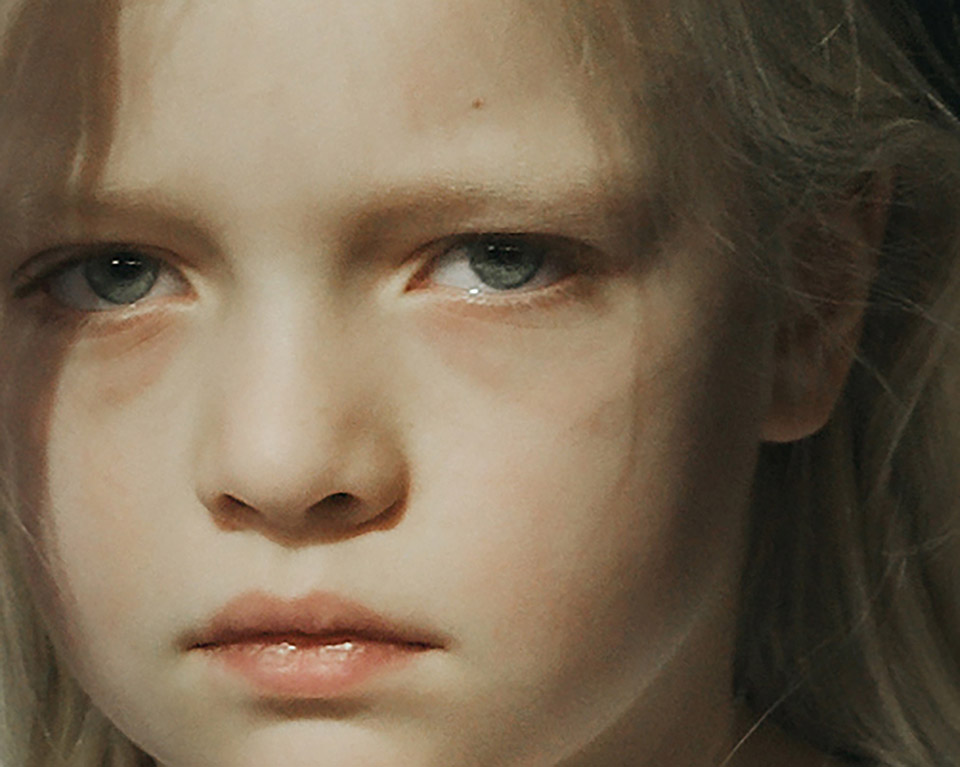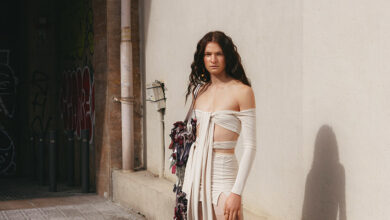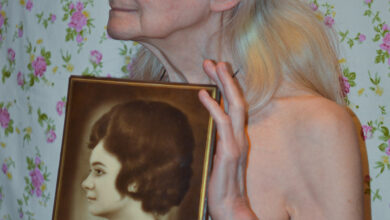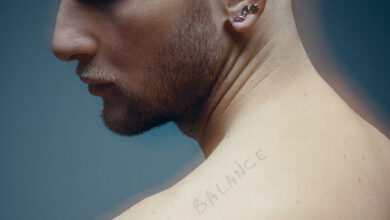Words by Michaela Doyle
Artwork by Yulya Dahl
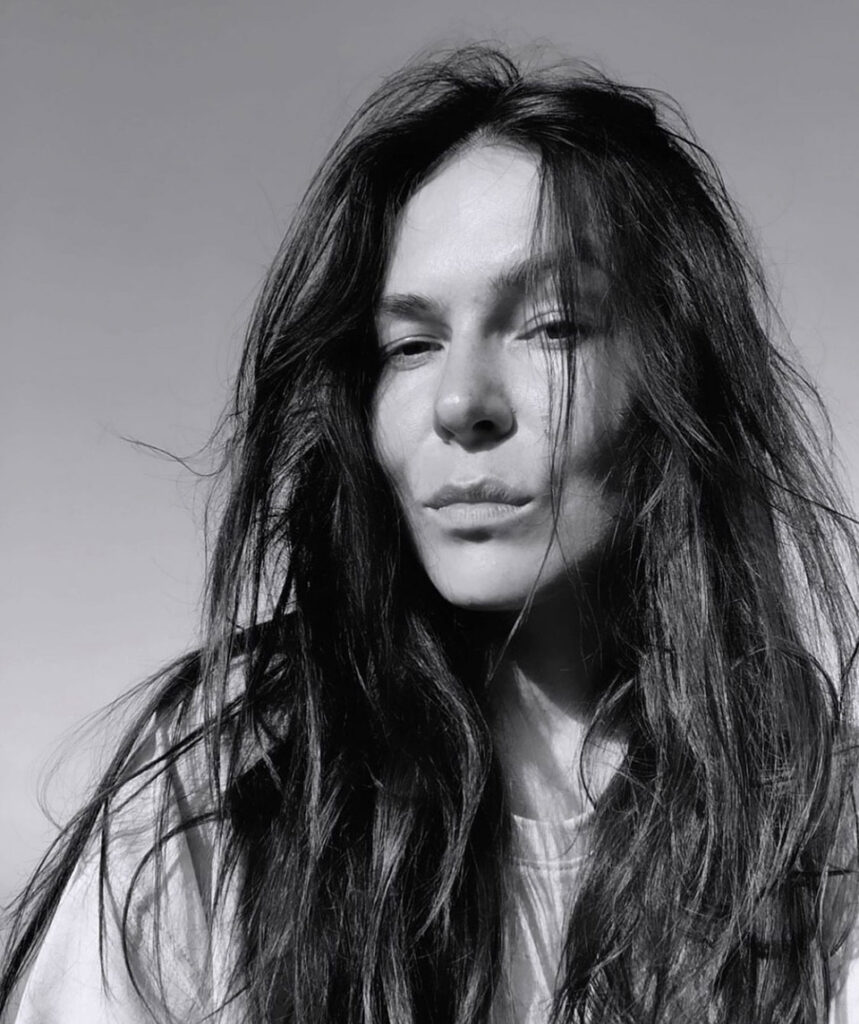
During a video call with artist Yulya Dahl in late April, she sat with her back against a low concrete wall in Kyiv, chain-link fencing stretching up above her head. She was taking a break from playing basketball with some friends, and sounds of the ball hitting the pavement could be heard in the background. It looked like a gorgeous day: the sun was bright and the pale blue sky was punctuated by the occasional cotton cloud.
This was two months after Russia launched its full-scale invasion of Ukraine. For someone not living in a conflict zone, the juxtaposition of this mundane scene with the reality that the person on the screen is in the middle of a war may be hard to process. Sometimes, it even is for Yulya. People in war still live lives, though. They eat dinner, wash their faces, hug their boyfriends, and find time for sport on a sunny day—even amongst the air raid sirens and constant pummeling by the newsfeed.

——
Yulya started taking pictures and filming videos about 12 years ago. She got her first camera when she was in university, and with it came a drive to capture everything. After university, she studied on her own and continued to hone her craft, eventually winning two grants to study abroad.
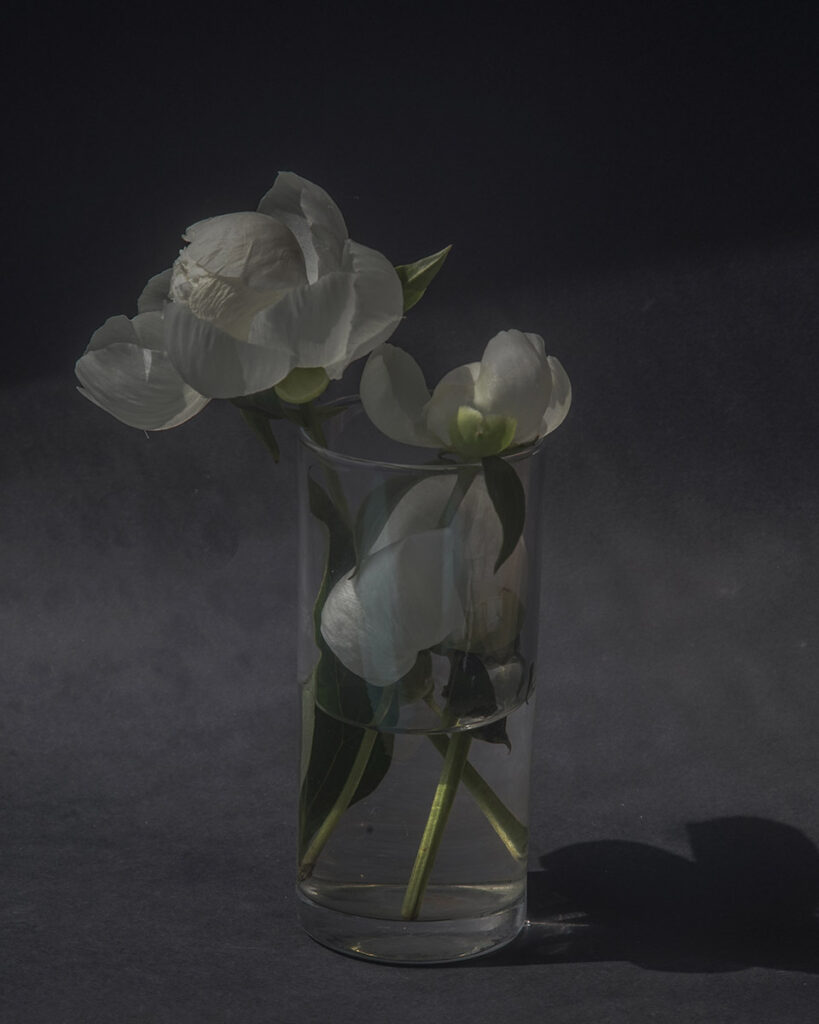
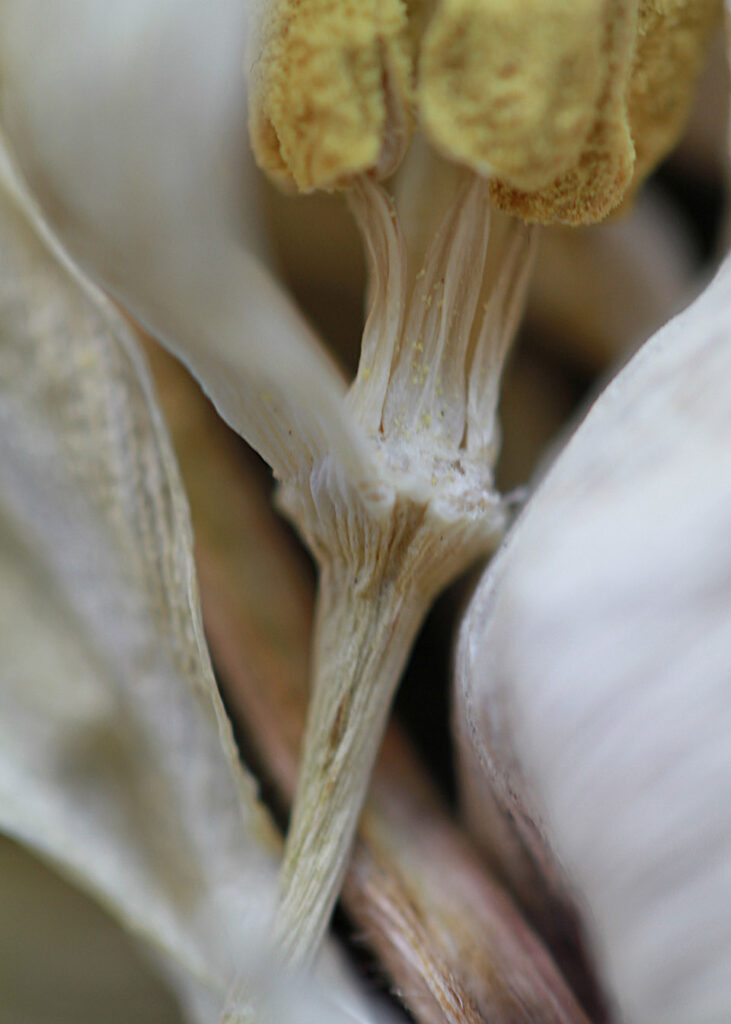
The photos Yulya captures are quiet but striking. They highlight transitional and in-between moments, as if you can almost see her subject’s next move. Her videos often feature choppy, halting motion, encouraging the viewer to focus simultaneously on the movement but also the string of still pictures that make the whole.
TIME from Yulya Dahl.
She is most inspired by nature, interesting people and simplicity, and this aesthetic shines through in all her work. She also counts Sarah Moon among her primary inspirations: “the feeling of movement in her photography” is what she connects with most. Additional artistic influences include Yves Klein, Cartier Bresson, Gerhard Richter, Noguchi, Man Ray in photography, and Wong Kar-wai and Anton Corbijn in film.
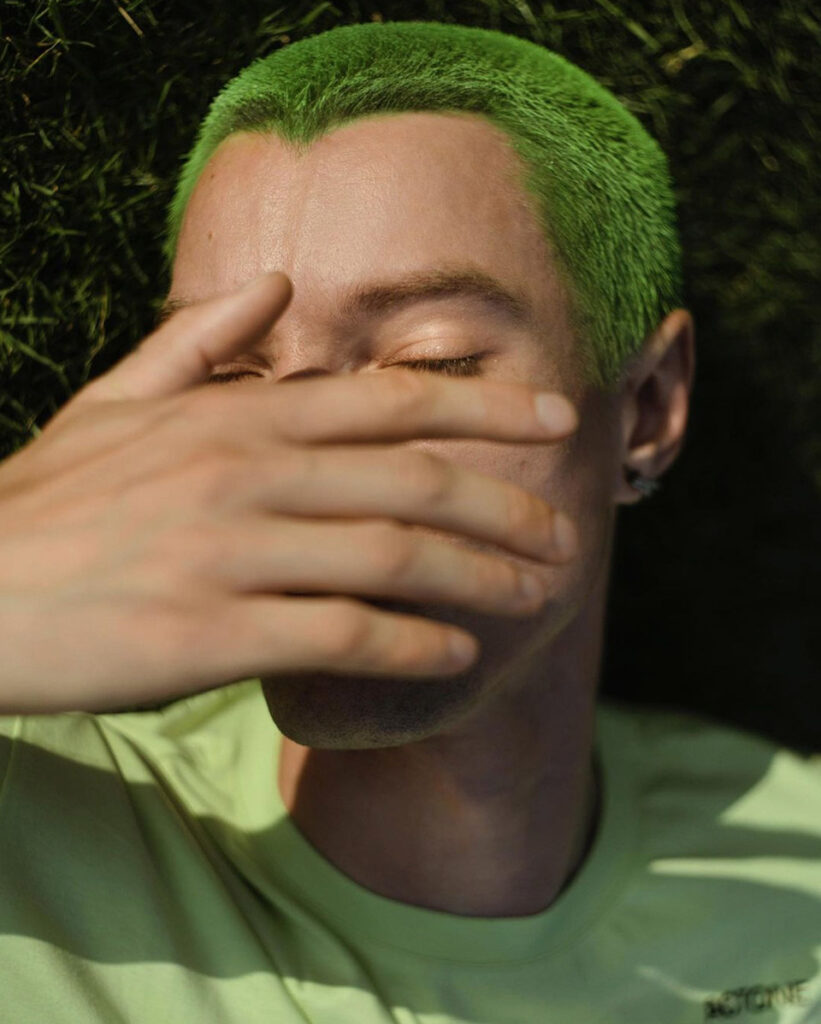
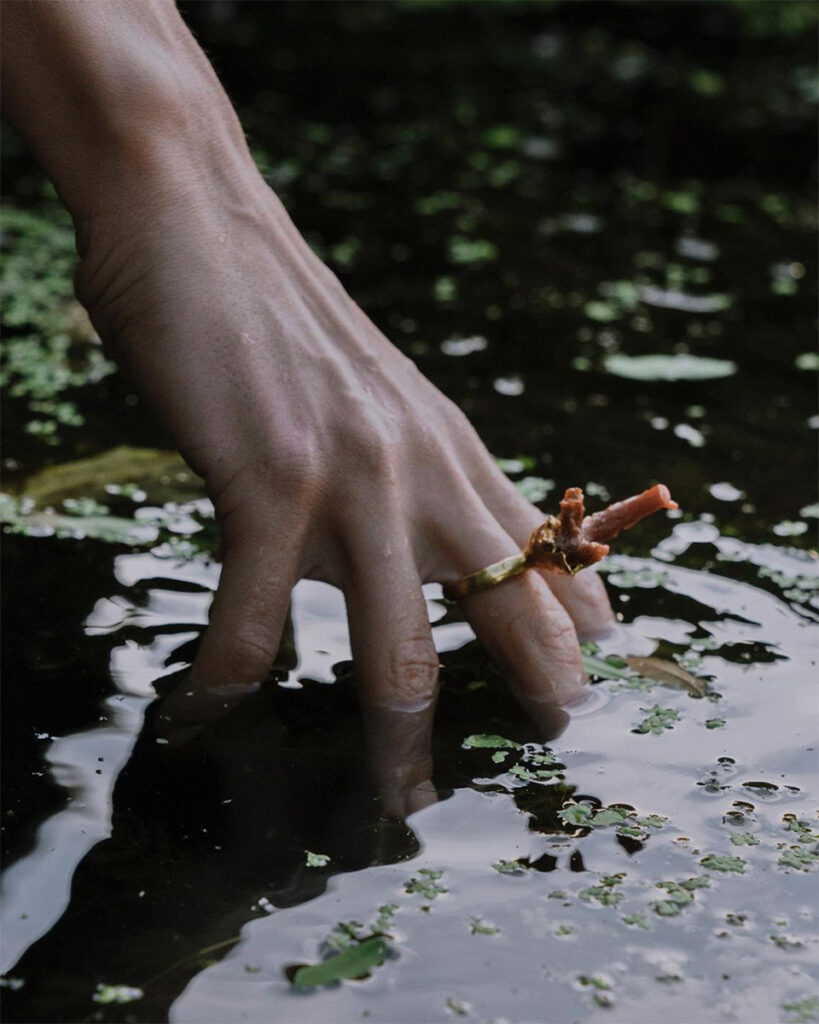
Also interested in fashion, Yulya has done photo and video projects for many Ukrainian fashion labels, including DZHUS, Litkovskaya, Katsurina, Katimo, Karavay and Bevza, among others. In these images and videos, you can sense her keen awareness of the body and its movement through space. In the fashion arena, her inspirations include Yohji Yamamoto and Margiela.
LOST ON THE LANDSCAPE for Harper’s Bazaar Ukraine, by Yulya Dahl.
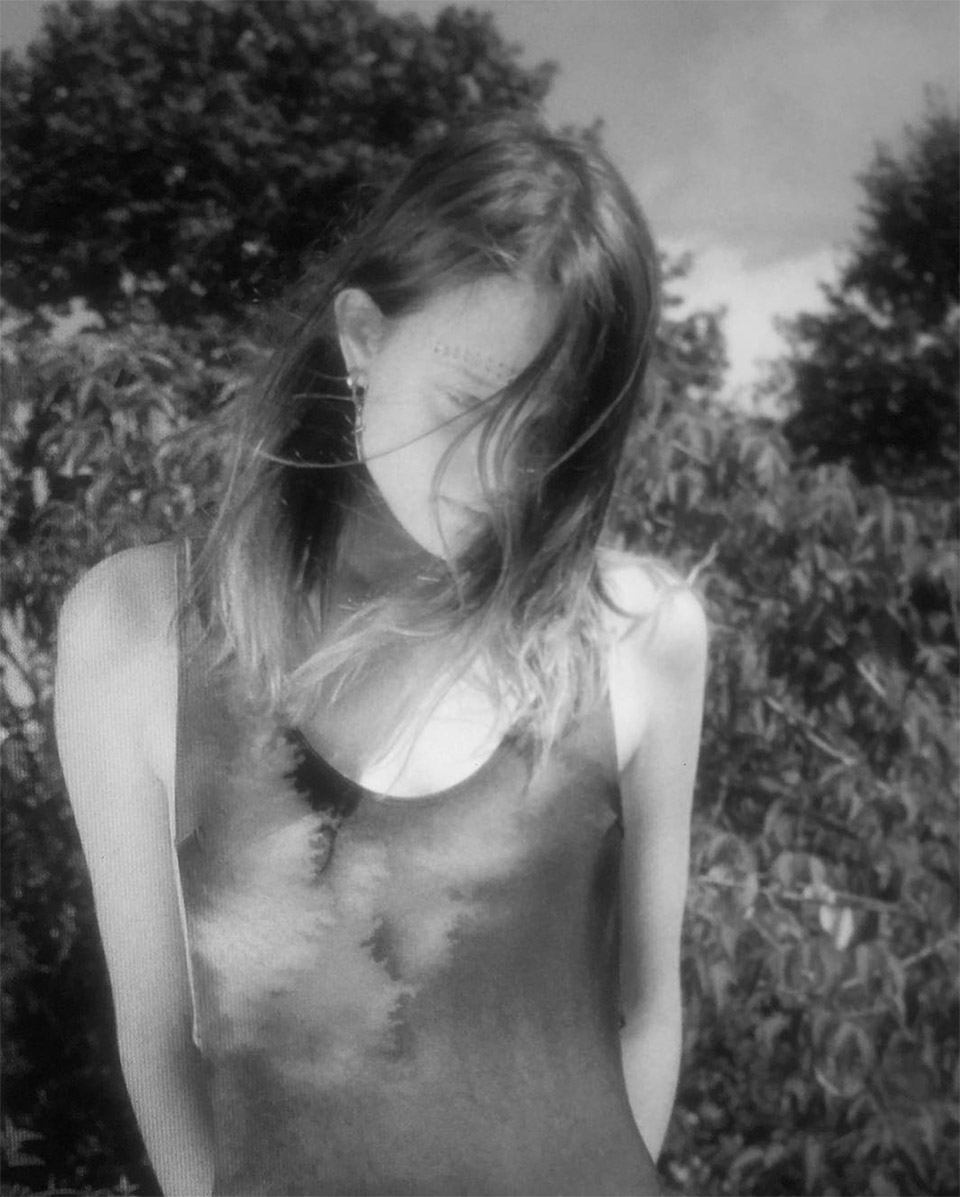

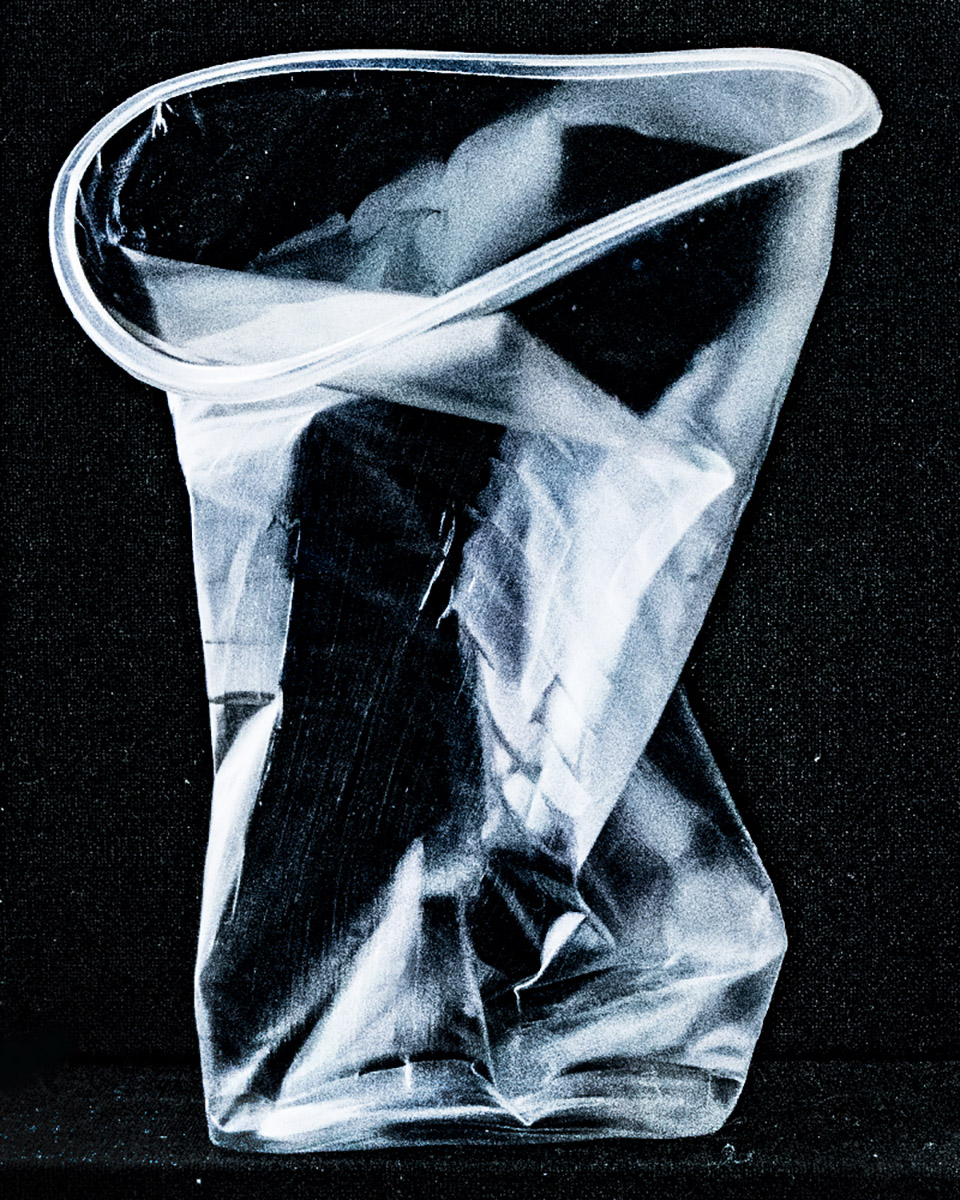
In 2017, Yulya started her guerrilla art project, #thatgirlsticker, which involves a close-up image of a young girl with blonde hair printed on a sticker. Cropped off-center, the girl’s face fills the frame and her green eyes, emanating a sad playfulness, are impossible to turn away from. With the intention to spread the image organically, Yulya gave the stickers to all her friends to place somewhere in their environment, at home or while traveling. As she explains,
“I wanted this child’s eyes to watch in others’ souls like she watches in mine. For me, it is a representation of our inner child who wants for the adult to hear what he or she really wants.”
Now the girl’s face is pasted around the world: on cars, signposts, suitcases and computers, atop mosaics of old ripped posters and in dimly-lit bar toilets.
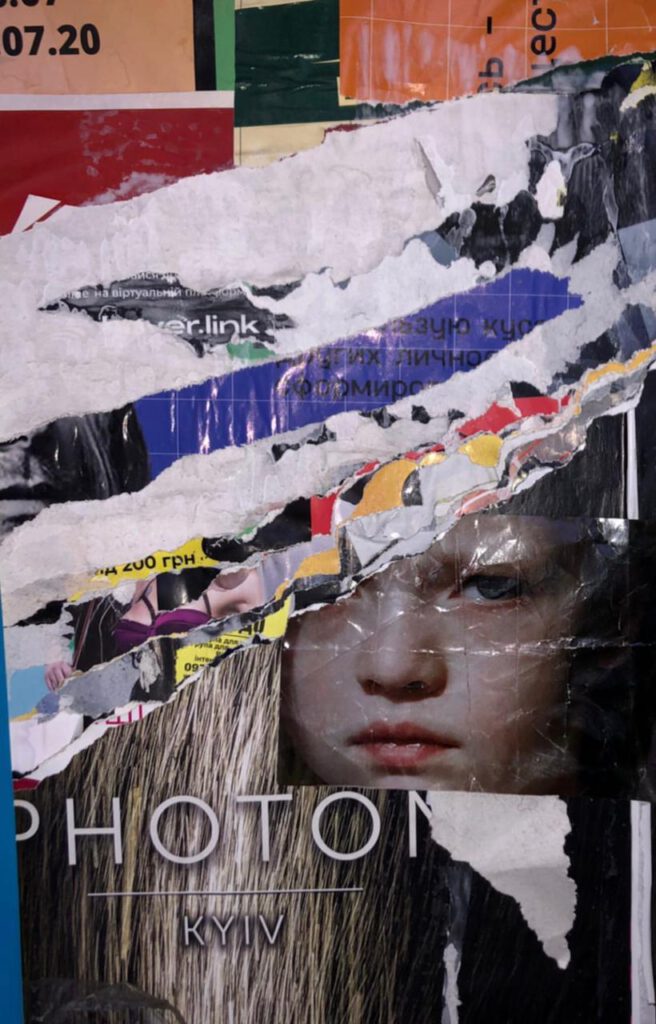
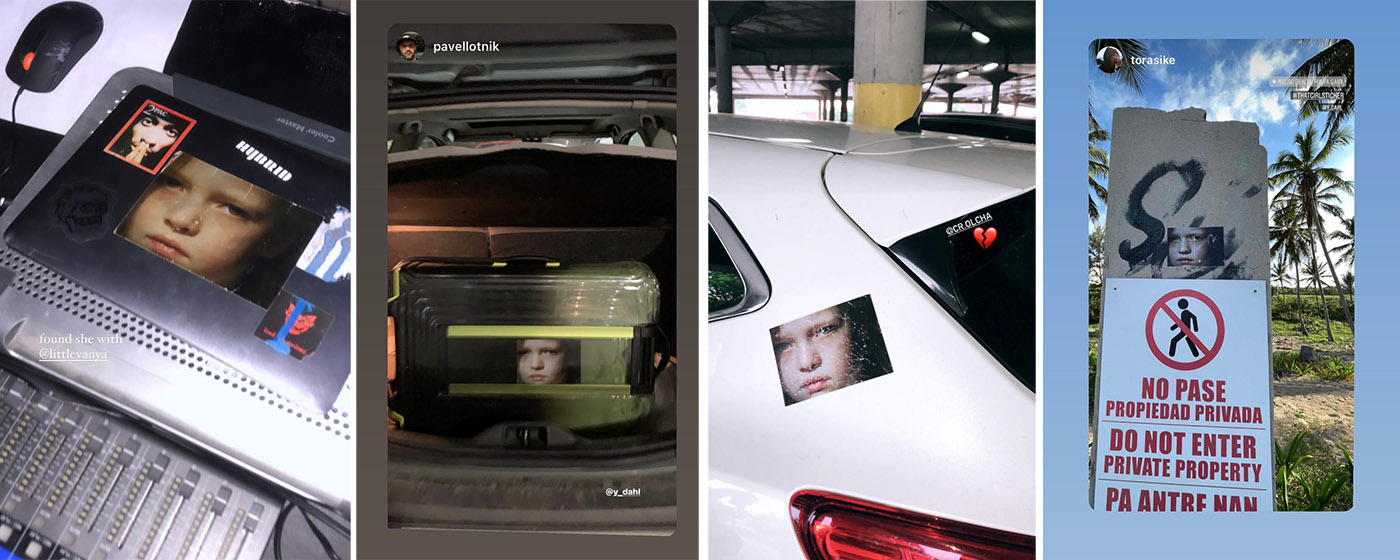
Like most Ukrainians, Yulya is volunteering to support the Ukrainian army—in her case, by creating camouflage nets for Ukrainian soldiers. She is working with a group of women in the basement of a museum in Kyiv, fastening scraps of old clothing onto fishing nets. She also sources materials from friends and family and collects money to support their work.
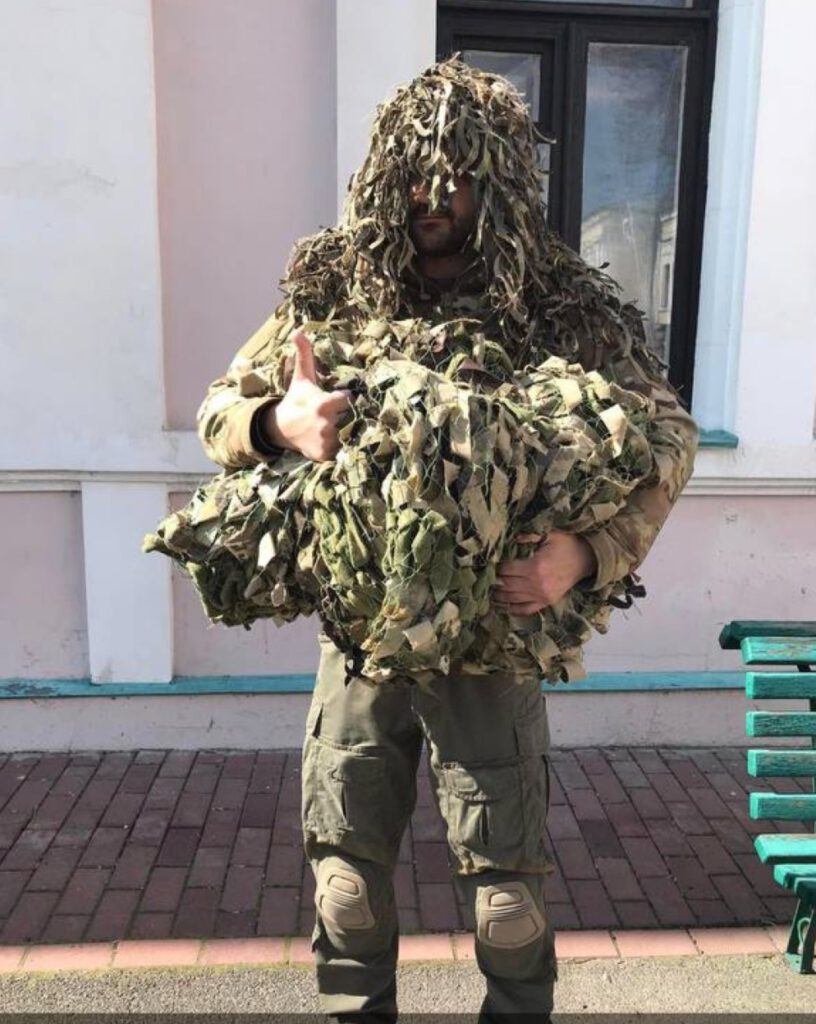
The work itself is tedious but soothing—almost meditative. What she loves most about it is that she doesn’t have to think. Especially at the beginning of the war, she needed this opportunity to switch off her mind. She also treasures sitting in communion with the group of mostly older women from the Luhansk and Donbas regions. “They come and talk about the war, and their friends and children fighting.” She listens to them and learns from them.
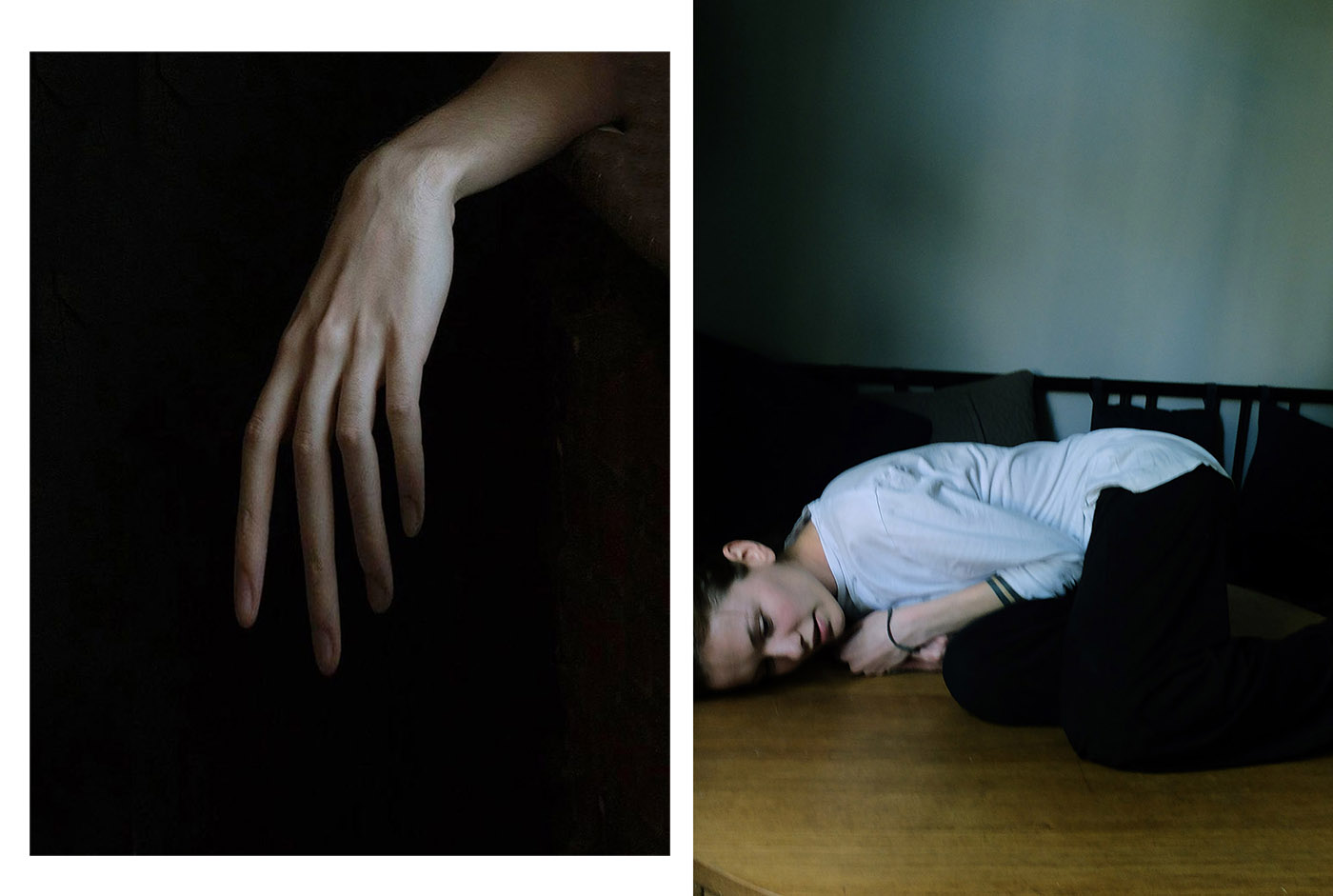
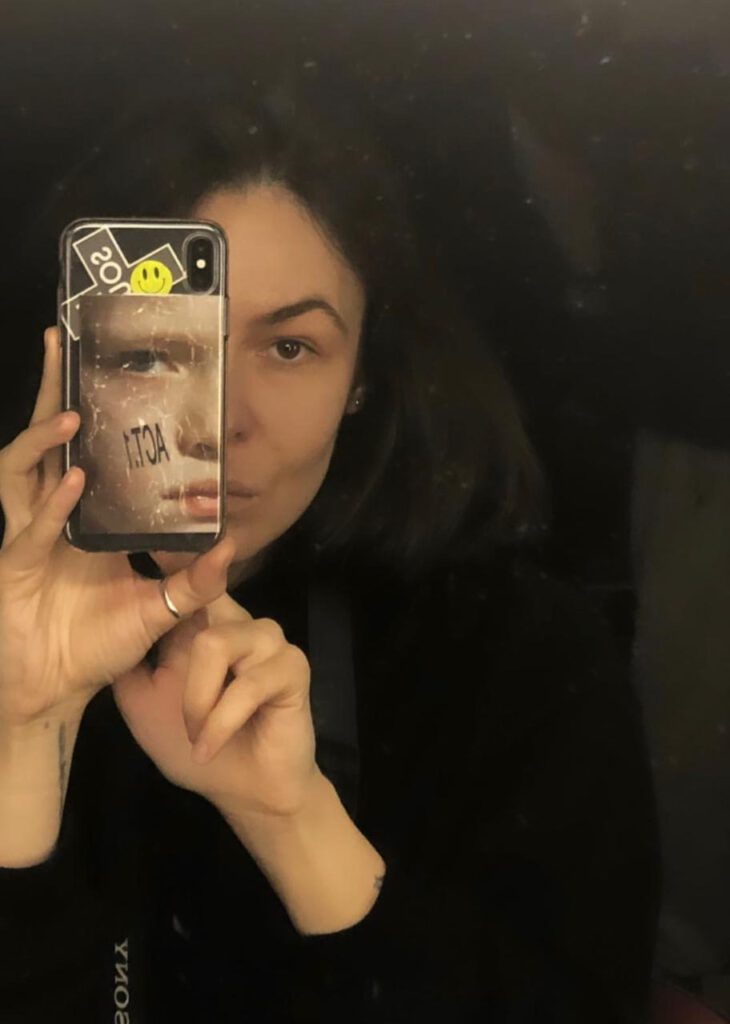
Yulya sees art in process with the women in the museum and in the completed nets themselves. After the winter, around the beginning of the war, she noticed the trees beginning to bud, and she saw a connection between the beginning of life and the protection of life enabled by the nets.
“The women [working at the museum] said you need to think about something good, maybe to pray, to think about peace and victory because you put your energy into this. The trees on the photos have the buds; it’s the beginning of the life. Mostly, it’s women who do these nets, and they think and they pray. One young girl in our organization, she sings when she’s working. This is double protection—protective energy in the materials and physically.”
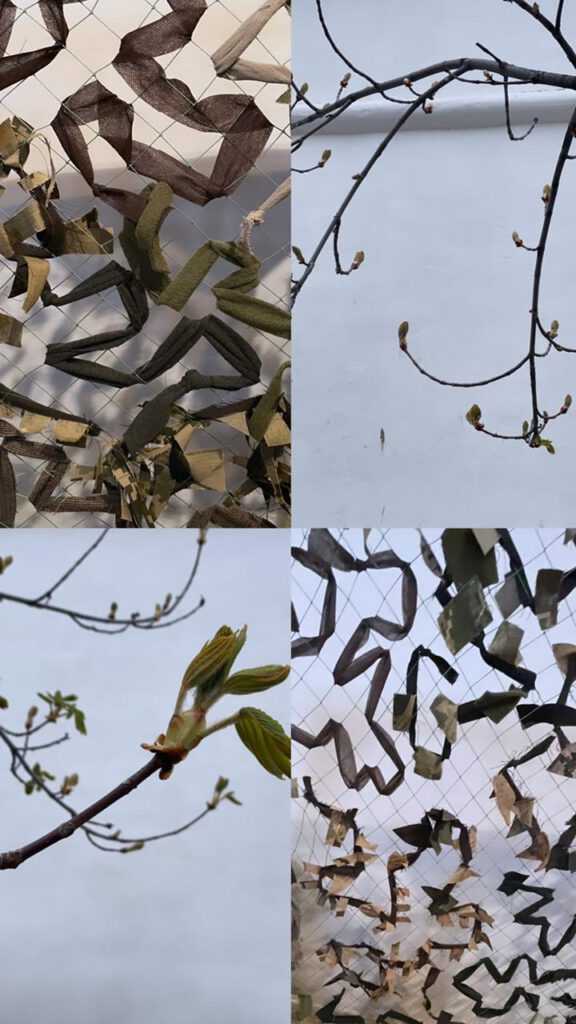
Yulya has recently been preoccupied with helping her parents find a new home. She had to make a long and wearying trip by old car to meet her parents and help them get to central Ukraine after fleeing their home, which was destroyed during the war, to Russia: the only option they had to survive. As Yulya explains, they had only recently completed renovations on their home in a small town near Kharkiv. It was “like a person”—a part of their family since Yulya was young. Now, like so many others, her parents are faced with displacement in their own country.
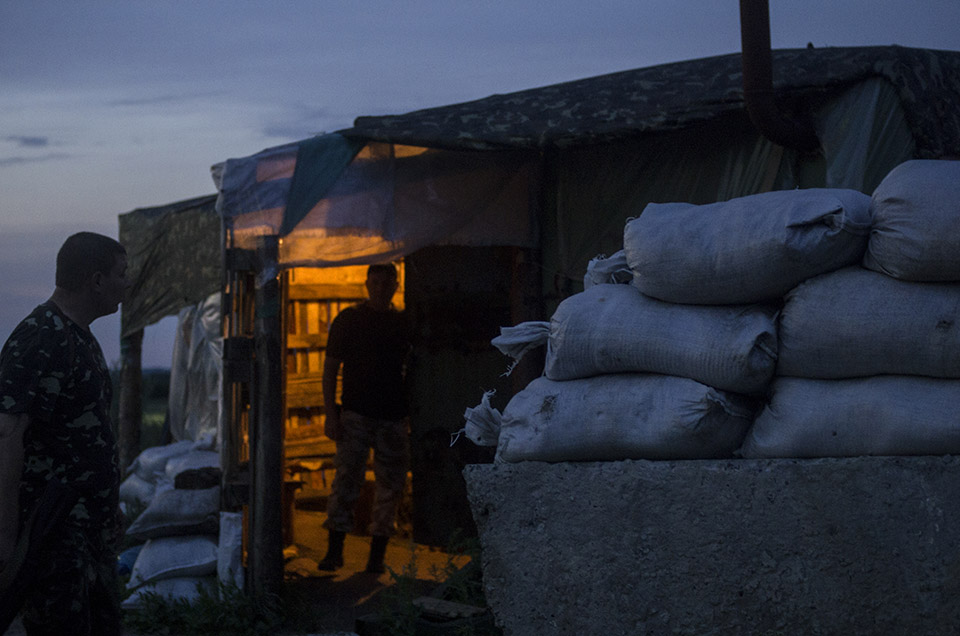
During their trip back to Ukraine, Yulya and her family relied on the kindness of strangers and met many people eager to help the Ukrainians standing in front of them. But now the reality is setting in that much of the world is starting to forget about the war in Ukraine—an impossible feat for a Ukrainian, and especially Yulya and her family. Yulya is imploring people not to allow Ukraine to fade into the background of the news cycle. She says: “Ukraine needs the support of Europe. It’s very hard to see that most European countries are still buying oil and gas in Russia and then this money Russia is using against Ukraine. I have lots of questions to society. I don’t know what to believe, where to live. What are the rules, and what is humanity?”
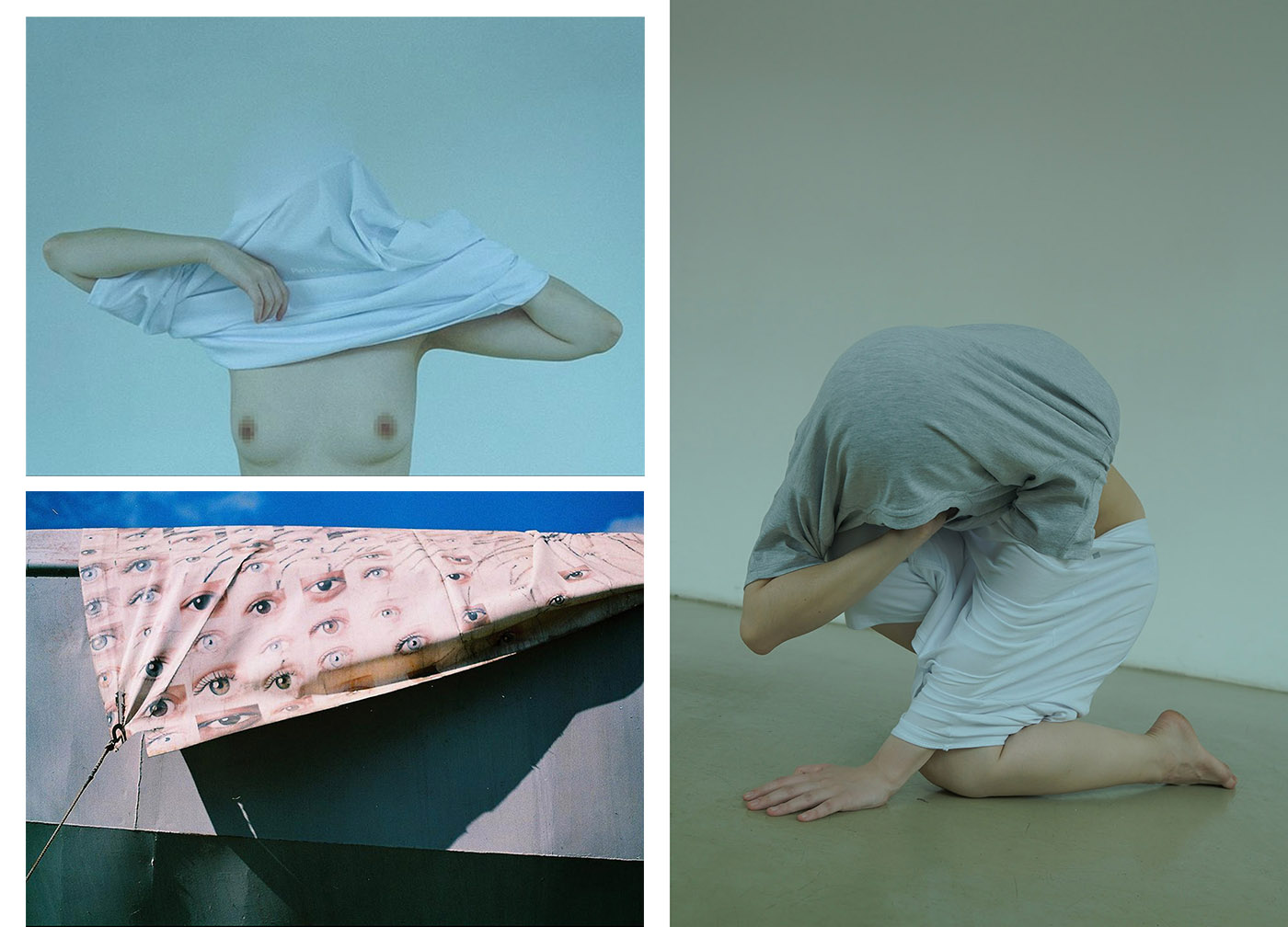
Yulya explains that international artists have an important role to play in supporting Ukraine. The best way to help is:
“to tell the truth, to create about it, just to spread this information. Because I think this is the main role of artists, to speak with his language about problems and to bring some hope and strength with his art. We are here in Ukraine, and we don’t ask you to be sorry; we are a strong nation.”
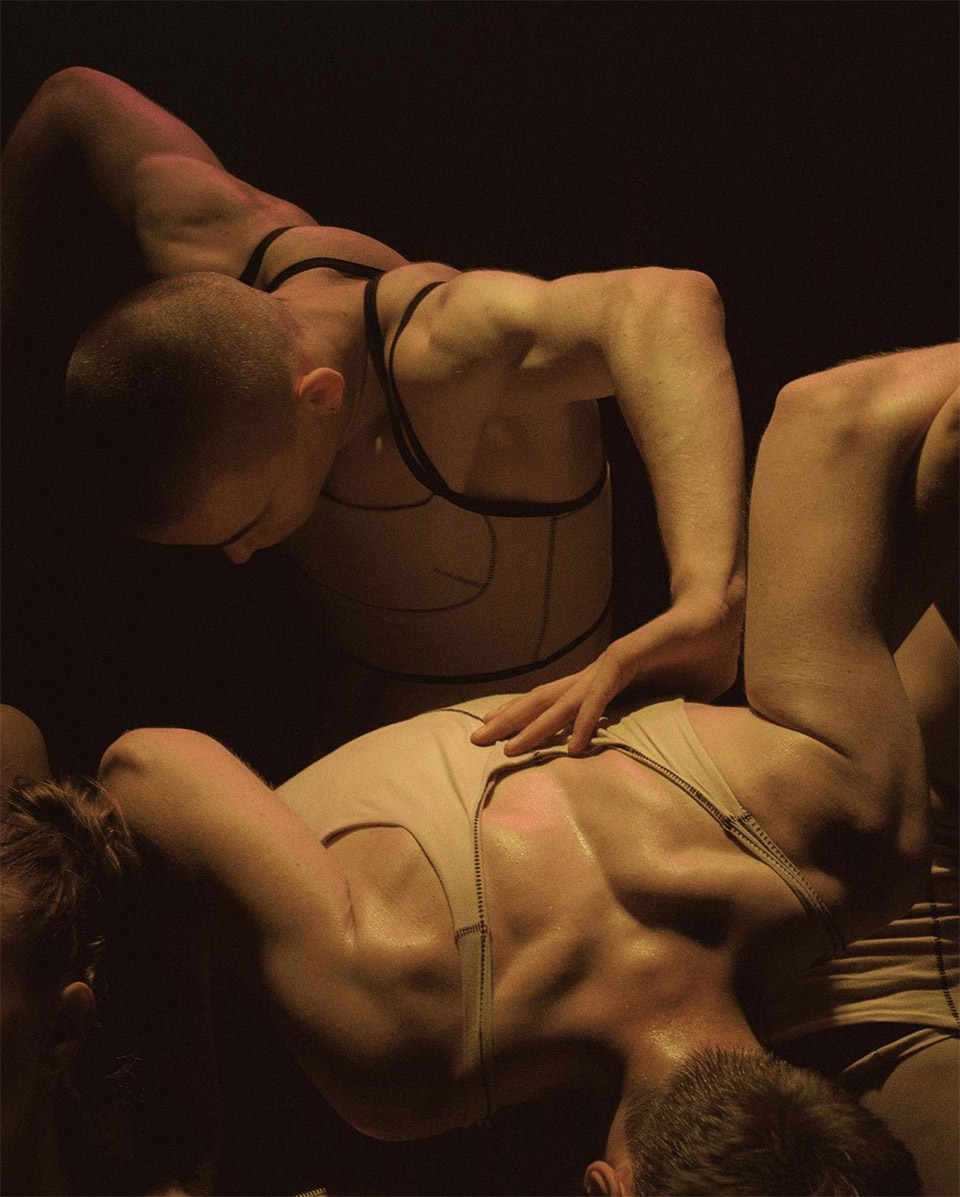
——
As Yulya sees it, the role of the artist is to use her own language to both foreground issues and energize, and Yulya believes art can change the world. It’s interesting to imagine what her #thatgirlsticker might be doing now, on the walls and spaces she inhabits throughout Ukraine. Is she pasted near a roadblock in an occupied town, taunting a Russian soldier? Or lying defiantly intact amongst the rubble of a blown-out building, giving some small hope to a Ukrainian passing by. Just as Yulya intends for her art to do.
